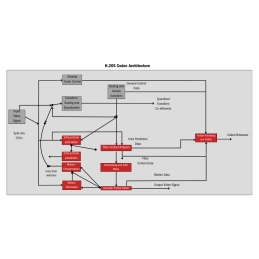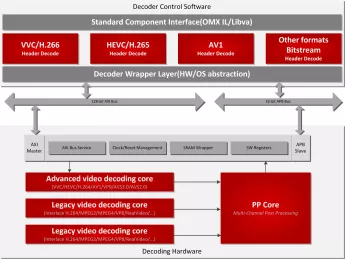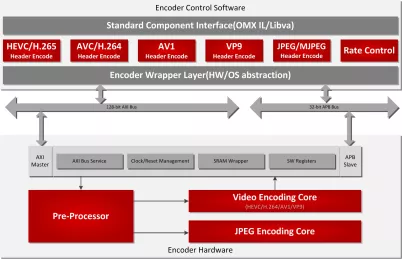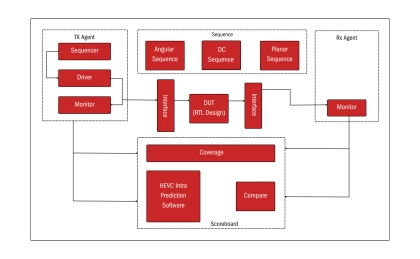HEVC H.264 Codec IP
Filter
Compare
8
IP
from
4
vendors
(1
-
8)
-
H.265 Codec - Efficiently compresses high-quality video for streaming and storage
- H.265 (HEVC) is a cutting-edge video compression standard that delivers superior video quality at lower bit rates compared to H.264. It efficiently compresses HD and UHD video, making it ideal for streaming, broadcasting, and video conferencing.
- With support for higher resolutions like 4K and 8K, advanced encoding techniques, and flexible bit rate control, H.265 is used in a wide range of applications, enhancing the user experience for streaming services, broadcasting, and more.

-
Microprocessor IP for video codecs and video processing -- High Number of Streams Decoder For Data Center
- Enables up to 256 streams decoding with robustness, high throughput single-core solution, or multi-core solution, supporting VVC, AV1, HEVC, H.264, AVS3, AVS2, VP9 video formats, JPEG, and legacy formats.

-
Microprocessor IP for video codecs and video processing -- High Number of Streams Encoder For Data Center
- Enables up to 256 streams encoding with high video quality single-core solution, or multi-core solution, supporting AV1, HEVC, H.264, VP9 video formats and JPEG.

-
LCEVC Video Encoding IP Core
- E301 is the MPEG-5 Low Complexity Enhancement Video Coding (LCEVC) encoder IP solution.
- The E301 LCEVC encoder IP is optimized for power and silicon area, making it suitable for system-on-chip (SoC) designers to easily integrate LCEVC decoding.
- It support up to 8Kp60/120 resolution as well as up to 12 bit pixels and 4:4:4 chroma format.
-
LCEVC Video Decoding IP Core
- D301 is the MPEG-5 Low Complexity Enhancement Video Coding (LCEVC) decoder IP solution.
- The D301 LCEVC decoder IP is optimized for power and silicon area, making it suitable for system-on-chip (SoC) designers to easily integrate LCEVC decoding.
- It support up to 8Kp60/120 resolution as well as up to 12 bit pixels and 4:4:4 chroma format. LCEVC is an innovative video standard that enhances all existing video codecs including H264, HEVC, VVC and AV1 without the need to replace them.
-
Video Decoder IP optimized for HD use cases
- D100 Series is the ultimate multi-format, multi-stream real-time hardware decoder IP core, for all semiconductor manufacturers looking to integrate a high-performance video decoding solutions into their chips.
- Built upon a true multi- format architecture, the D100 Series Decoder IP core provides highly flexible solution up to HD/5Mpixels resolution and selectable video codecs.
- D100 Series supports H.264, HEVC, VP9, AV1 and JPEG formats.
-
H.265 - Efficient video compression for high-quality, low-bandwidth streaming
- H.265 (HEVC) is a video compression standard that offers up to 50% better compression efficiency than H.264, reducing bandwidth usage while maintaining high video quality. It supports high resolutions, scalable coding, and enhanced error resilience.
- This versatile codec is used across various industries, including streaming services, video conferencing, IPTV, and medical imaging. Its applications ensure optimized video delivery with lower data usage and high-quality playback, even in limited network conditions.
